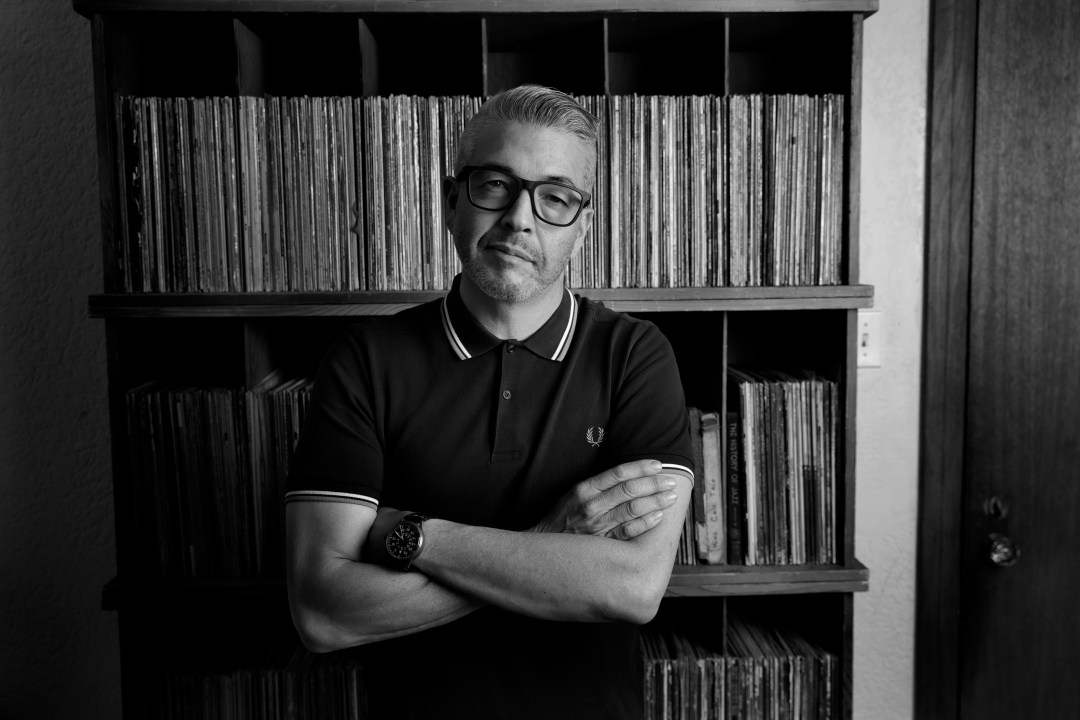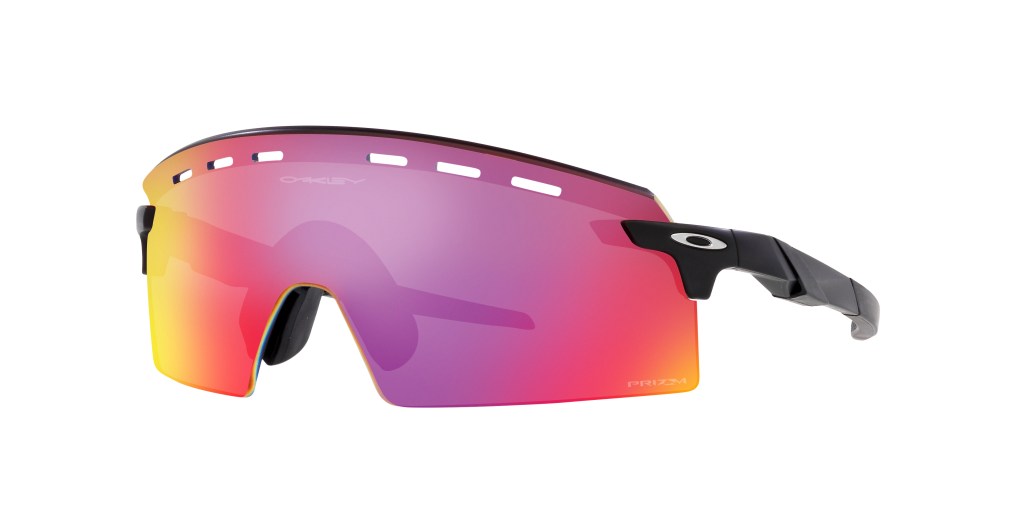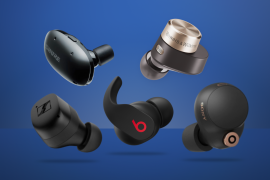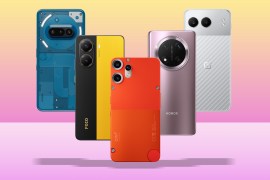Stuff Meets…Nick Garfias from Oakley
Oakley’s Vice President of design on innovation, setting Oakley apart in a sea of sameness and keeping his cars analogue

In this interview we chat to Oakley’s Vice President of Design Nick Garfias. It’s his job to design the company’s iconic eyewear, goggles, and helmets. From the beach in California, he talks about his love of tech, product innovation, designing for the future, problem-solving and keeping his car’s analogue…
Oakley is a passionate place to work for me – I love the brand’s history and the constant problem-solving that we’re doing for consumers to professional athletes.
I’m the VP of design for Oakley and I’ve been working here for 11 years, specifically for industrial design. This encompasses all eyewear, goggles, helmets, and any “hard good” related product, and sometimes packaging. There are three managers within my team – I have a fairly large swath of responsibility for the brand, because a large portion of our brand identity resides in our products. From the past design history, and the preservation of the ethos to the vision of the future how to evolve it. We design for the future and deliver to the present.
With over 1000 patents pending and granted worldwide, Oakley takes great pride in its creation of innovations – something that I’d say sets it apart in a sea of sameness.
The advancement of technology through our history has always been part of the evolution in design for Oakley. They are intertwined entities that live together as a pillar for the brand. From the very beginning of Jim Jannard’s first invention in 1975 – The Oakley Grip – was made for Motocross. Jim’s invention would revolutionize the industry with a new material, Unobtanium49, as well as a new profile that had never been done, all with the idea that these inventions would allow the athlete to perform better.
Giving the athlete maximum view without impairing peripheral view was one of our initial thoughts when we began Physiomorphic Geometry, that we first used with Kato in 2021.

Today our innovation pipeline is a plethora of varying technologies, some long term and some near term, but our core competency will always focus around optics and the advancement of optics for performance enhancement. A key example of this is the Oakley Prizm TM technology, designed to enhance colour and tune out distractions with lenses that have contrast specific to the environment. So, if you’re snowboarding you can see features in the snow you might not necessarily recognise with a standard grey lens. Or if you’re mountain biking you can see differences in the terrain that are specific to the various tones of brown and green you would see on a trail. This is powerful and useful, we develop Prizm lenes for everyone to high performance athletes from NFL, snow, bike, golf, you name it.
Giving the athlete maximum view without impairing peripheral view was one of our initial thoughts when we began Physiomorphic Geometry, that we first used with Kato in 2021.
When we discuss optics in design, I think we are always posed with the challenge of creating performance enhancements but also maintaining optical clarity. Field of view is one of the highest priorities when you talk to athletes in different disciplines. We started with an abstract idea – if you drape fabric over the human face, it leaves an impression of the bone structure of the skull – could we potentially build a lens and maintain optical clarity with the impression of the human skull? By keeping the lens surface as close to the face as possible we could achieve maximum field of view. To maintain some design purity and simplicity into this idea, we integrated what we would normally have as a frame in separate material, into the lens as well as the nose bridge, which was built into the lens blank giving Kato its unique seamless vapor like quality.
Kato’s curved one piece frame might look simple, but it wasn’t easy to make…
By integrating the frame structure and nose bridge into the lens material we essentially eliminated 2 components in the overall construction of Kato giving it its simple aesthetic appearance. But sometime simple is hard to achieve. This was most certainly a challenge when it came to manufacturing. Every lens in development today utilizes PRIZM technology. As we started to work out manufacturing scenarios for this new lens blank it was integral that we consider PRIZM technology into the geometry of the lens. Without divulging too much of the Science that went into maintaining optical clarity in this lens, there was a lot of Math involved alongside athlete insights.
I’m a fan of smart products, as long as they don’t take the decision-making process away – I prefer my phones smart but my vehicles analog…
From Phillips Hue and Ring Doorbells to my iPhone, I use a lot of technology in my day-to-day life, although I couldn’t get on with being tethered to an iWatch… When it comes to cars, I did have an electric for a while, but I hated it – while it did its job, I didn’t enjoy my commute anymore and that’s important to me.
I love cars, always have, so I made it a career. So I went to ArtCenter College of Design in California and studied design for automotive. I got a job designing auto components, then moved to Kia, but my career took off when I got a job at Mercedes-Benz, where I worked for nearly 13 years and left as Creative Manager, to go to Oakley. My best friend at Mercedes-Benz now works at Porsche – he was always into them and got me into them – two months ago, I brought an 83’ 911 SC and I also have a 97’ Toyota Land Cruiser. I also got into hot rods early on too – I build and fabricate them. I have a 1929 Ford Model A roadster that made the cover of Hot Rod magazine.
- Read more: Our pick of the best sunglasses


